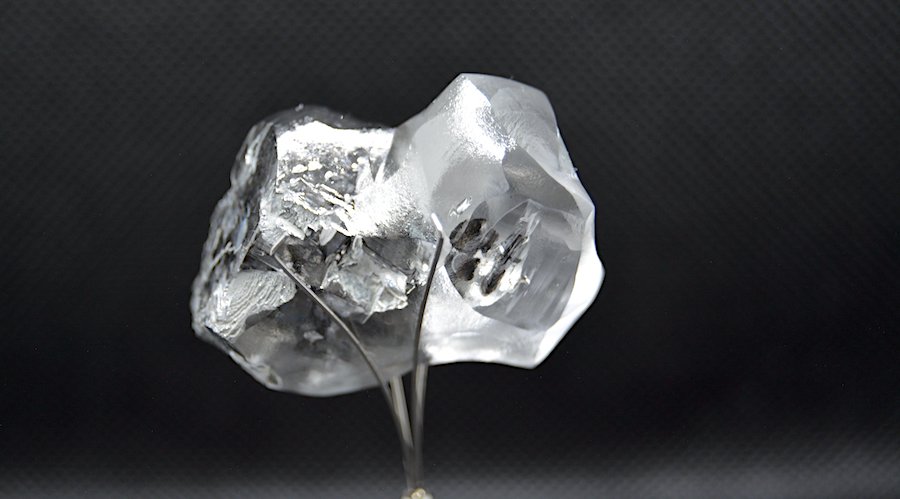Coincident with Valentine's Day (that romantic roses/candy/gold observance), the NO DIRTY GOLD organization renewed its fight against "dirty" gold mining practices and the jewellers that sell the tainted yellow metal. No Dirty Gold says it has pledges from eight of the world's leading jewellers to buy gold that is mined in more socially and environmentally responsible ways.
According to the NGO's most recent press release, "Because jewellery retailers buy the majority of gold produced worldwide, they have the power to help clean up the mining industry," said Payal Sampat, co-director of the No Dirty Gold campaign and international campaign director for EARTHWORKS. "We applaud the leadership of these companies. It's an important first step."
Everything bad about gold mining can be found at www.NoDirtyGold.org. Readers learn that "the production of one gold ring generates 20 tons of mine waste". A wide range of environmental, community, worker and economic impacts can be explored. There is information about communities that have fought gold mining. Consumers can sign a pledge to support the No Dirty Gold campaign and receive not only its updates but those of Earthworks and OXFAM AMERICA. Retailers are urged to sign on to the campaign by e-mailing retailers@NoDirtyGold.org.
The organization has a noble idea, but several thoughts come to mind.
The Kimberley Process, led by Canada, has succeeded in keeping "blood" or "conflict" diamonds off the market. Consumers are now assured that the points of origin of their stones are countries where the profits do not fall into the hands of insurgents or groups that abuse human rights.
But can the same be done with gold? Tracing the origin of gold is complicated. It is perhaps the most recycled metal in the world. No Dirty Gold claims that 80% of all gold is used in jewellery. That may be true, but there is a considerable global supply deficit (CMJ Net News, Feb. 8, 2006). Total mine output is only two-thirds of projected demand. Some of the molecules in a particular ring may have been mined by 10-year-old slaves in Pharaonic times or by subjugated natives under the Spanish lash 500 years ago. When a gold bar winds up in a central bank repository its origins become even harder to trace.
That retailers support the goals of No Dirty Gold is laudable. As businesses they want to be seen as socially and environmentally responsible. Will supporting a certain NGO make their products look "clean" to consumers? Hard to tell. Consumers know little about the gold mining industry, but they may be swayed by a public campaign. The problem is that No Dirty Gold points up only the negative side of the industry. Consumers need to examine all the facts in order to make an informed decision. They are not well-served by reading only one side of the argument.





Comments